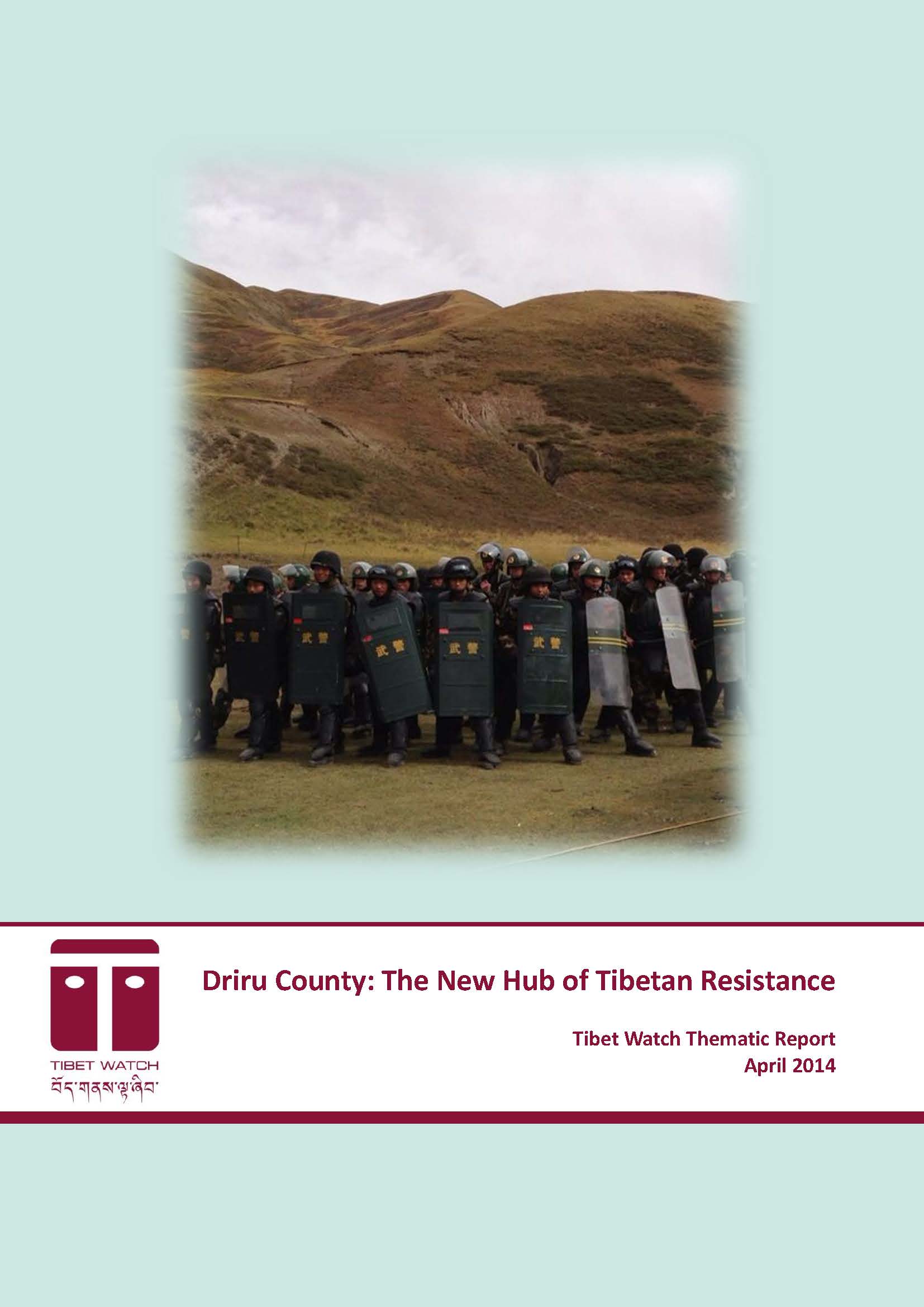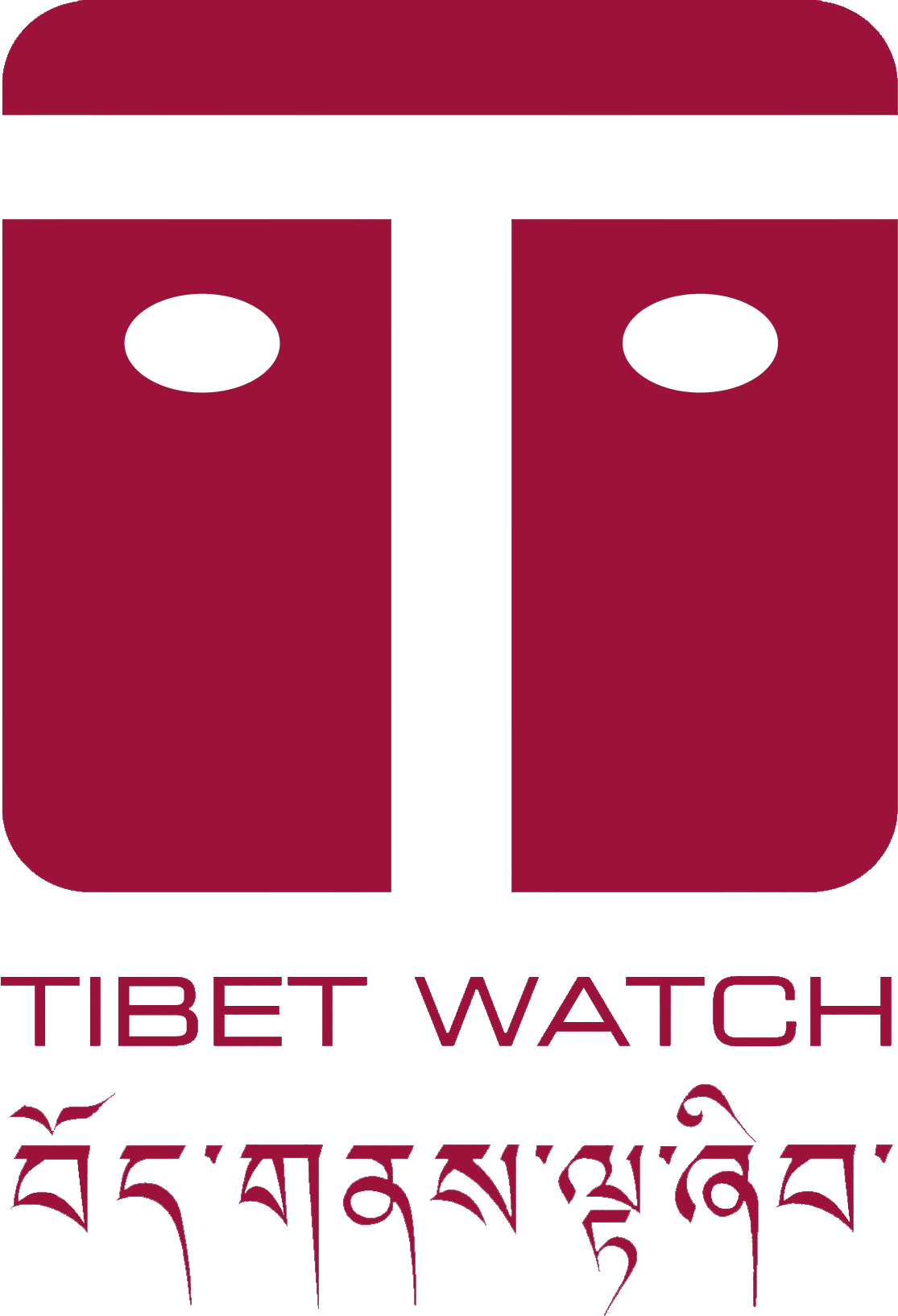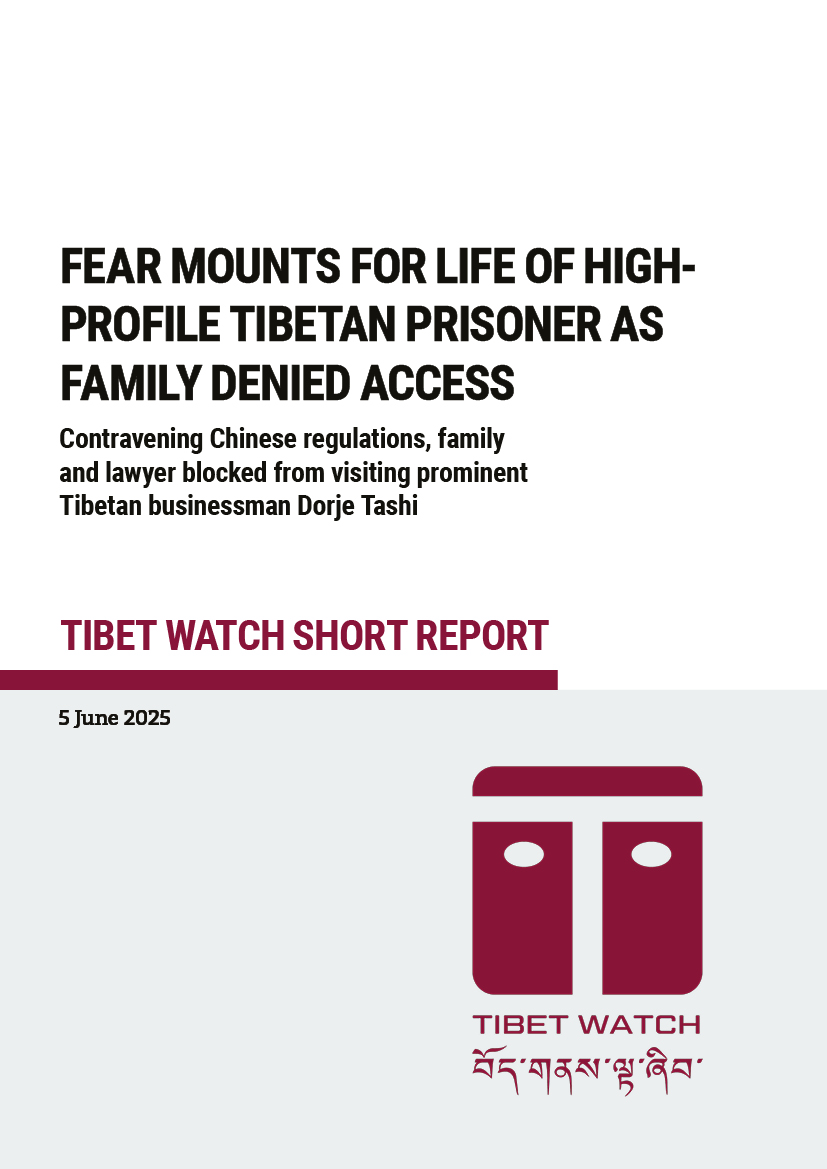
Executive Summary
During the past year, Driru County has become one of the focal points of Tibetan resistance to the Chinese occupation. The repercussions have been severe and reprisals against individuals are still being reported. Driru County was the site of a mass uprising in 1969, which was brutally repressed, but since then the area has been relatively quiet.
Despite the county having no recent history of resistance, the Chinese authorities are concerned about the current unrest spreading to other areas of the Tibet Autonomous Region and are making every effort to suppress the protests and also news of the protests as quickly as possible.
One of the key triggers for the current situation has been environmental exploitation by Chinese companies, particularly of the sacred Naglha Dzamba mountain, which the Tibetan people believe is home to their local deity. There were protests against extraction work on the mountain in 2010 and again in May 2013. Many of the recent arrests have targeted people believed to have played a leading role in the May protests, despite the local authorities promising at the time that no-one would be punished.
Another trigger has been the local government’s attempt to impose political re-education on the area and, in particular, the attempt to force Tibetans to fly Chinese flags on the roofs of their houses in advance of Chinese National Day. The imposition of Chinese flags was the final straw and, towards the end of September 2013, there were large scale protests. The flags were also dumped in the river. The authorities over-reacted and brought in armed security forces. The area was already tense due to the political re-education campaign and the intensity of the Chinese presence but after this crackdown the tension rose considerably. Over the next couple of weeks there was a succession of incidents with protests against the crackdown triggering further repression which led to further protest and yet more repression.
As the mass protests started to die down, the number of individual arrests increased. The authorities started targeting people who had been involved in the earlier environmental protests as well as the more recent events. Some of those arrested were popular writers, singers and religious leaders. The authorities seemed to be keen to remove people with cultural influence. They also targeted people they suspected of spreading information about what was happening in Driru.
The Chinese government is well known for seeking to control the narrative in any context and arresting those who might contribute to an alternative version of events is a common tactic. The authorities also put measures in place to prevent the flow of information. This ranged from imposing travel restrictions to monitoring and, in some cases, shutting down phone and internet communications.
Monitoring and reporting the human rights violations taking place in Driru County during the past few months has been incredibly difficult due to the restrictions and surveillance in place. The residents of Driru have demonstrated considerable bravery and determination in continuing to pass on information, whatever the cost.
For some the cost has certainly been high. The first prison sentence handed down was two and a half years but as the situation has continued the sentences have become increasingly harsh and lengthy. The most recent sentence reported to Tibet Watch was 18 years. There have also been two confirmed deaths in custody. This is unusual as political prisoners whose health reaches a critical condition are often released to avoid the embarrassment of them dying in prison. In both of the Driru cases the bodies were returned to the families bearing signs of torture. It is not clear whether the deaths were accidental or part of a deliberate tactic. However, the threats made to each of the families that they would be executed if they spoke about what had happened suggest the deaths were most likely not intentional.


